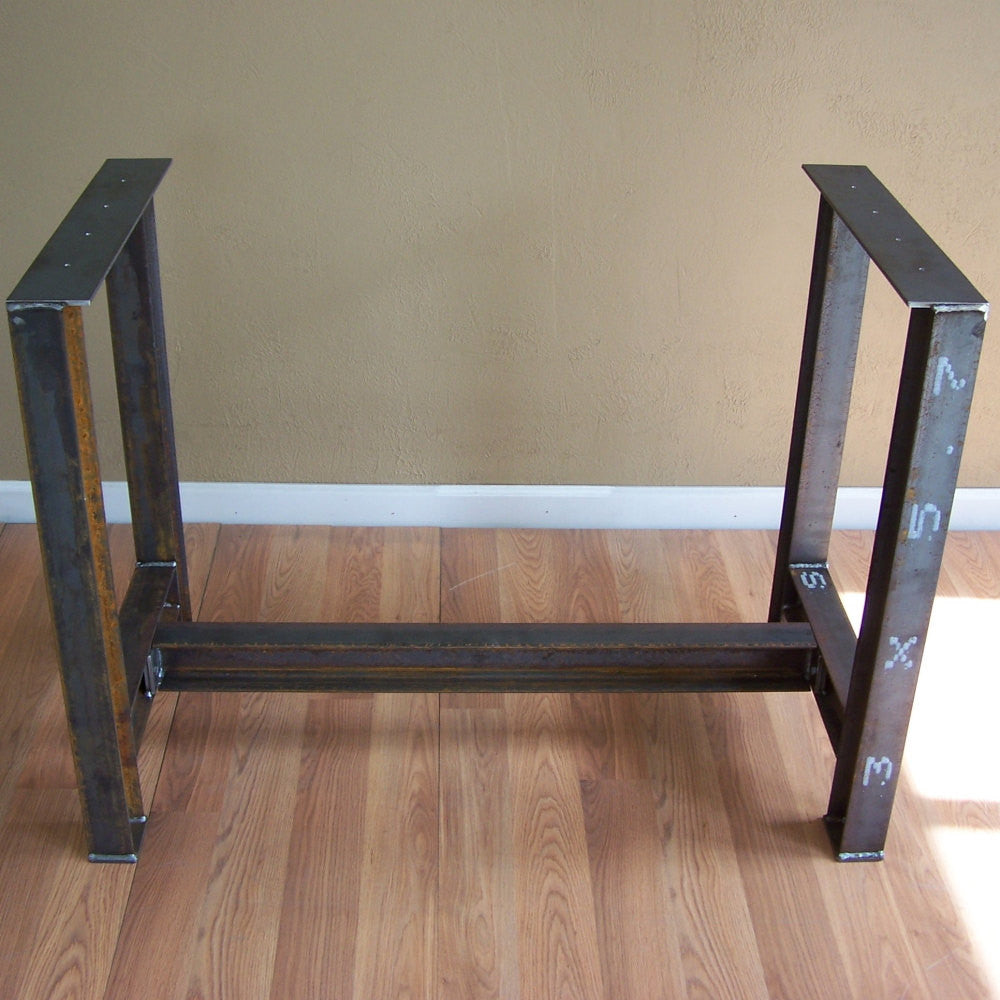Reinvent Your Kitchen's Appearance with One-of-a-kind Legs For Kitchen Island Accessories
Reinvent Your Kitchen's Appearance with One-of-a-kind Legs For Kitchen Island Accessories
Blog Article
An Overview to Choosing the Perfect Legs For Cooking Area Island for Your Home
Picking the suitable legs for your kitchen island is a nuanced decision that impacts both the performance and visual charm of this central space. Variables such as height, products, and style play an important function in integrating your island with the total cooking area design. Furthermore, understanding the importance of security and maintenance can considerably affect your selection. As you take into consideration these aspects, it ends up being obvious that the right legs can change not only the appearance of your cooking area however also its use for several years ahead. What details features should you prioritize in this choice process?

Comprehending Kitchen Area Island Legs
When selecting legs for a kitchen island, it's necessary to recognize their visual and useful roles in the total style. The legs serve as an important support group, making sure security and longevity for the island, which commonly functions as a workspace, eating area, or collecting area. The choice of product and construction strategy need to be robust adequate to withstand everyday use and potential wear.
Along with their structural responsibilities, legs add substantially to the island's visual charm. They can boost the cooking area's style, whether through traditional, modern, or eclectic styles. The height and percentage of the legs are additionally vital considerations; they must integrate with the island's countertop height while ensuring comfy seating for those making use of the room.
Furthermore, the leg style can affect the general flow of the cooking area. Open, airy leg styles can produce a feeling of agility, while solid, considerable legs may communicate a more based and stable aesthetic - Legs For Kitchen Island. Understanding these functional and aesthetic aspects will certainly direct homeowners in making notified selections that match their kitchen's style and boost its use
Popular Styles and Products
The choice of legs for a kitchen island includes a variety of preferred styles and products, each offering one-of-a-kind qualities that can improve both performance and aesthetics. Among the most desired styles are contemporary, rustic, and typical. Contemporary legs usually include streamlined, minimalist layouts that highlight simpleness and clean lines, making them suitable for modern cooking areas. Rustic designs, on the other hand, welcome natural aspects and commonly display reclaimed wood or troubled surfaces, adding heat and appeal to the area. Standard legs generally exhibit elaborate details and workmanship, boosting classic kitchen area styles.

Height and Security Factors To Consider

The legs of the kitchen area island need to provide adequate assistance, ensuring that the structure can hold up against day-to-day use without moving or tottering. Product selection plays a considerable duty in security; steel legs, for circumstances, have a tendency to offer higher toughness contrasted to wood.
Matching Your Kitchen Aesthetic
Picking the appropriate legs for your kitchen island goes beyond see here capability; it also plays a substantial role in the total aesthetic of the area (Legs For Kitchen Island). When selecting legs, take into consideration the design style of your kitchen area.
Color is one more crucial factor. Legs that match or comparison with your island's surface area and bordering cabinets can develop visual harmony or striking centerpieces. Combining dark wood legs with a light marble kitchen counter can add depth and passion. Additionally, consider the coating of the legs; matte, glossy, or distinctive finishes can dramatically affect the overall feeling of the cooking area.
Setup and Upkeep Tips
Setting up cooking area island legs requires her response cautious focus to detail to make certain both security and visual charm. Begin by selecting an ideal location for your island, guaranteeing it is level and has sufficient space for movement. If you are attaching the legs to a wall or using braces for included support, utilize a stud finder to find wall surface studs. Mark the positioning of the legs accurately before drilling.
When securing the legs, use top notch screws and, if essential, wood adhesive for extra toughness. For metal legs, make certain that you are utilizing ideal anchors and devices to stop damage to your floor covering. It is recommended to look for levelness after installation, making changes as needed to avoid wobbling.
Upkeep is just as vital for longevity - Legs For Kitchen Island. On a regular basis examine the legs for any type of signs of wear or helping to loosen, particularly in high-traffic locations. Tidy the legs with a suitable cleaner, staying clear of abrasive materials that may damage the surface area. For wood legs, think about applying a wood conditioner occasionally to preserve their coating. By following these installation and maintenance tips, you can ensure that your kitchen island legs continue to be both visually enticing and useful.
Conclusion
In final thought, selecting the proper legs for a kitchen island necessitates mindful factor to consider of elevation, security, and visual compatibility. Ultimately, thoughtful leg option plays a critical function in boosting both the usefulness and layout of the kitchen area space.
When choosing legs for a kitchen area island, it's vital to understand their useful and visual roles in the total design. Open, ventilated leg designs can produce a sense of lightness, while Clicking Here solid, considerable legs might communicate an extra grounded and steady visual. The legs of the kitchen island need to offer adequate assistance, making sure that the framework can endure everyday use without shifting or tottering.Setting up cooking area island legs requires cautious interest to detail to ensure both stability and aesthetic appeal.In final thought, choosing the appropriate legs for a kitchen island necessitates careful consideration of height, security, and aesthetic compatibility.
Report this page